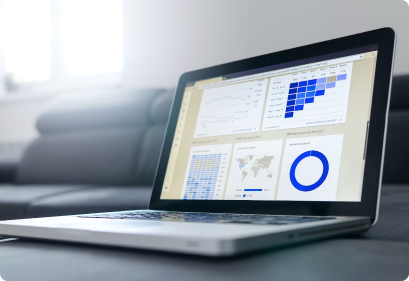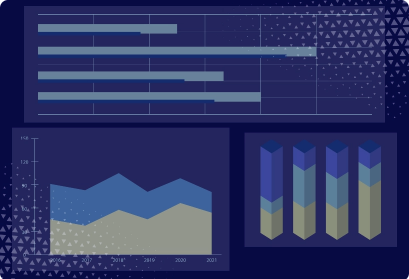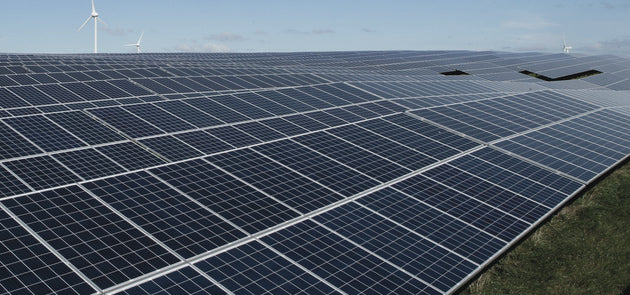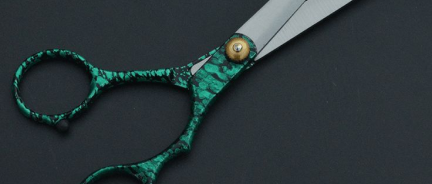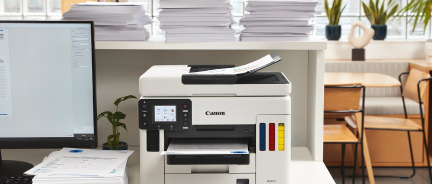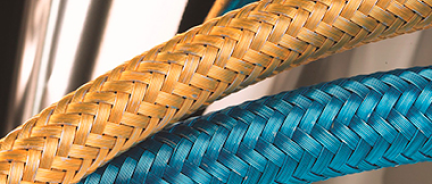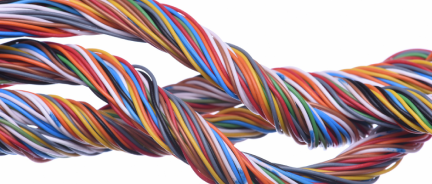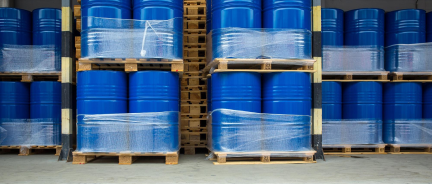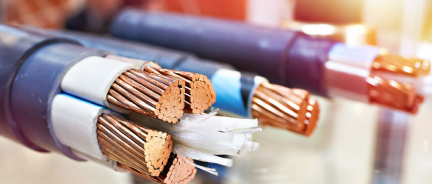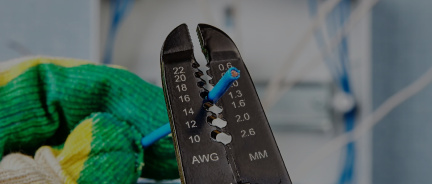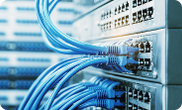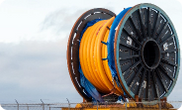Role of Cables in Data Centers

Cabling is the backbone of any data center. As data volumes continue to skyrocket and demand for high-speed connectivity rises, choosing the right cables is critical.
A well-structured cabling system ensures reliability and long-term cost savings. Whether you're setting up a new data center or upgrading an existing one, understanding the types of cables and their use cases will help you make informed decisions.
This guide covers:
-
Key considerations when choosing data center cables
-
The differences between fiber optic and copper data cables
-
Types of power cables and data cables used in modern data centers
What Is a Data Center?
A data center is a specialized facility that houses computing infrastructure for storing and processing vast amounts of digital information. It consists of servers, networking equipment, storage systems, and cabling infrastructure, all working together to support critical IT operations.
Types of Data Centers:
-
Enterprise data centers – Privately owned by companies for internal use.
-
Colocation data centers – Facilities that lease space and infrastructure to businesses.
-
Managed services data centers – Outsourced facilities managed by third-party providers.
-
Cloud data centers – Virtualized, distributed infrastructure for cloud computing.
-
Hyperscale data centers – Large-scale operations for companies like Amazon, Google, and Microsoft, optimized for high-volume data processing and cloud scalability.
-
Edge data centers – Small, decentralized facilities closer to end-users to reduce latency and enhance content delivery
-
AI data centers – Designed for artificial intelligence and machine learning workloads, requiring high-speed networking, GPU clusters, and advanced cooling systems
-
Micro data centers – Compact, modular data centers used for localized computing, IoT, and industrial automation.
Copper vs. Fiber Optic Data Cables in Data Centers
Copper cables in data centers are used not only for power but for data as well. Both copper data cables and fiber optic cables have separate roles in supporting data center infrastructure, each serving specific functions. Here is how they transmit data:
-
Fiber optic cables are used for long-distance, high-speed backbone connections up to 40 km. They provide high bandwidth, minimal signal loss, and are ideal for high-speed data transmission but come at a higher cost.
-
Copper data cables, such as Cat and Twinaxial cables, are best for short-distance, high-speed server-to-switch connections within 10 meters. They are cost-effective, energy-efficient, and easier to install, making them great for structured cabling inside server racks.
Most data centers use both—fiber optics for high-speed backbone links and copper data cables for efficient, cost-effective rack connections.
Key Considerations for Data Center Cabling
Network Lifespan and Scalability
-
Choose cables that support future bandwidth demands, such as 10G, 40G, and 100G Ethernet.
-
Invest in structured cabling systems with modular patch panels for easy upgrades.
Power Efficiency and Energy Consumption
-
High-density cabling reduces cooling costs and improves airflow.
-
Copper cables consume less energy than fiber optics in short-distance applications.
Signal Integrity and Reliability
-
Shielded cables prevent electromagnetic interference in high-density environments.
-
Proper grounding with G-GC cables ensures stable power distribution.
Cost and Budget Considerations
-
Fiber optics provide high performance but are expensiveю
-
Copper cables are cost-effective and offer reliability for short-distance connections
Power Cables Used in Data Centers
Understanding Power Cables in Data Centers
Power cables are critical for distributing electricity to and across a data center. Data centers rely on different types of power cables depending on voltage requirements and environmental conditions. Below are some of the most common power cables used in modern data centers.
Types of Power Cables Used in Data Centers
Tray Cables (TC, TC-ER, ITC, PLTC)
Tray cables are designed for structured power distribution in cable tray systems. These cables are often found in large-scale data centers where managing multiple power lines efficiently is a priority.
EPR/PVC Cables
MV-105 EPR (Ethylene Propylene Rubber)/ PVC (Polyvinyl Chloride) cables are high-voltage power cables designed for moisture and chemical resistance. They are commonly used in areas exposed to HVAC systems, cooling units, and outdoors.
SOOW Cables
SOOW (Service Oil-Resistant, Outdoor-Weather-Resistant) cables are heavy-duty, flexible power cables used in portable power applications. In data centers, they are ideal for temporary power setups, backup power generators, and emergency maintenance situations.
THHN/THWN Cables
THHN (Thermoplastic High Heat-Resistant Nylon) and THWN (Thermoplastic Heat- and Water-Resistant Nylon) cables are widely used for general building wiring inside data centers. These cables are commonly used in branch circuits, conduit installations, and panel wiring to distribute power throughout the facility.
MC (Metal-Clad) Cables
MC (Metal-Clad) cables are armored cables that offer mechanical protection and fire resistance. They are commonly used in critical infrastructure, ensuring power is safely routed to server racks and emergency power systems.
XHHW-2 Cables
XHHW-2 (Cross-Linked High Heat- and Water-Resistant) cables are used in high-voltage power distribution systems. These cables are used in primary power feeds, redundant power systems, and backup generators in data centers.
DC Power Cables
DC power cables are used in direct current (DC) power distribution setups, such as battery backup systems (UPS) and high-efficiency power grids.
EPR/XLPE Cables
EPR/XLPE (Cross-Linked Polyethylene) cables are designed for high-voltage applications, such as power distribution from transformers and generators to data center equipment.
Type W Cables
Type W cables are heavy-duty, flexible power cables used in temporary or mobile power applications.
Power Cables Table for Data Centers

High-Speed Data Cables Used in Modern Data Centers
Data cables in data centers facilitate communication between servers, switches, and storage, ensuring efficient data transmission and network performance. Here is the breakdown of different data cables used in data centers:

Nassau National Cable offers a full range of fiber optic and copper cables to meet the needs of any data center.

